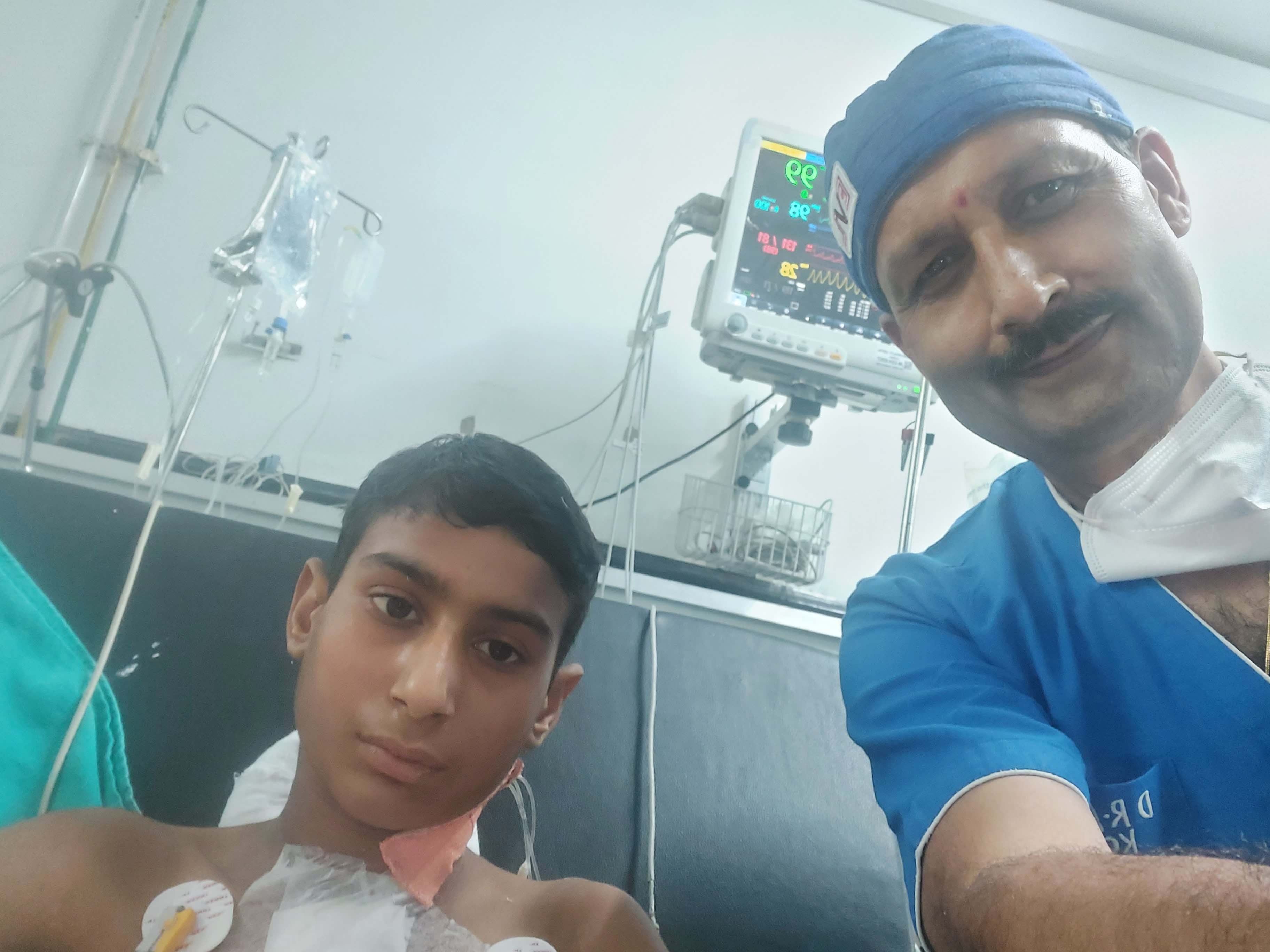Dr Arvind Kohli
The main aim of celebrating World Heart day is to raise awareness about cardiovascular disease, its prevention and the impact it on people across the world. CVD including heart disease and stroke claims 17.9 million lives every year. Given this fact, the day highlights the actions that individuals can take to prevent and control CVD. The day is celebrated every year with a theme “.Use heart for every Heart ” with thrust mainly on adult population But letus take a little time to use our heart for babies and young ones hearts also
A baby s heart beat is sound track of their life which is always keeping time as they grow each day But sometimes with no fault to their mothers or themselves babies heart donot grow quite right in the womb and once born they need special care, attention and even interventions as they grow
Congenital heart defectsare variety of heart defects that a baby could be born with and carry with them into adulthood. .By the eighth week of pregnancy, a baby’s heart is fully formed. Congenital heart defects happen during these first eight weeks. The heart develops in a series of steps, and problems can occur when one of these steps doesn’t happen at the right time. It could mean instead of a dividing wall in the heart, there’s a hole, or where two blood vessels should be, there’s only one.
Congenital heart defects are the most common birth defect and, most importantly, they’re treatable with the compassionate care . Unfortunately, it’s not yet clear what causes congenital heart defects. New mothers might be nervous that it’s the result of something they did or didn’t do during pregnancy, but in most cases, there’s no identifiable cause.some potential causes are: disease the mother faced during pregnancy;Genetics, because some heart problems run in families .Medication use during pregnancy,
But it’s not just babies who live with congenital heart disease. Many .adults have this condition, too. It’s important for anyone born with congenital heart disease transition to the appropriate cardiac care, depending on the type of disease they have and its severity. At any age, managing congenital heart disease is possible with the right care.
Not everyone with a congenital heart defect (CHD) requires treatment. Some people may only need to visit a cardiologist and stay under observation. In other cases, surgery or a cardiac catheterization may be needed to reduce the effects of the heart defect, or to repair the defect. Even when a defect is treated in childhood, the condition can change over time and additional medical treatment may be beneficial.
Many medical treatments are available to help the heart perform at its best. Sometimes one child may have multiple conditions and each issue may require medication for treatment.
Most children with a congenital heart defect can be fully active and don’t need restrictions. In fact, we encourage children to be physically active to keep their hearts fit and to avoid obesity. Such healthful activities include swimming, bicycling, running, rope jumping and tennis. For a few specific heart conditions, a pediatric cardiologist may advise that .child avoid some strenuous physical activities and. competitive sports. It’s best to avoid activities that cause grunting or straining (medically referred to as a “valsalva maneuver”). This happens when a person bears down against a closed throat to increase the strength of arm or abdominal muscles. There’s often a tendency to do this when lifting heavy weights, doing sit-ups, push-ups or chin-ups, etc., but it may be harmful. Straining causes a sudden rise in blood pressure, which adds strain on the heart; it increases the pressure in the lungs, which can affect blood flow from the body into the lungs; and it often means there’s more force on the chest wall, and many congenital heart patients have surgical scars in the chest that can be damaged, particularly in the first year after surgery.
Successful treatment requires highly specialized care. Treatment for severe congenital heart defects requires extensive financial resources, including the costs associated with hospitalization.Children with developmental delays also require community- and school-based resources to achieve their full potential. Knowledge about specific congenital heart conditions, and expectations for long-term outcomes and potential complications and risks, must be reviewed as part of the successful transition from pediatric care to adult care. Parents should help pass on the responsibility for this knowledge, and accountability for ongoing care to their young adult children. This will help ensure the transition to adult specialty care and will optimize the health status of the young adult with CHD. Let use our hearts for every heart particularly for children and adolescents also with Congenital Heart diseases.
(The author is CTVS SSH GMC Jammu)


